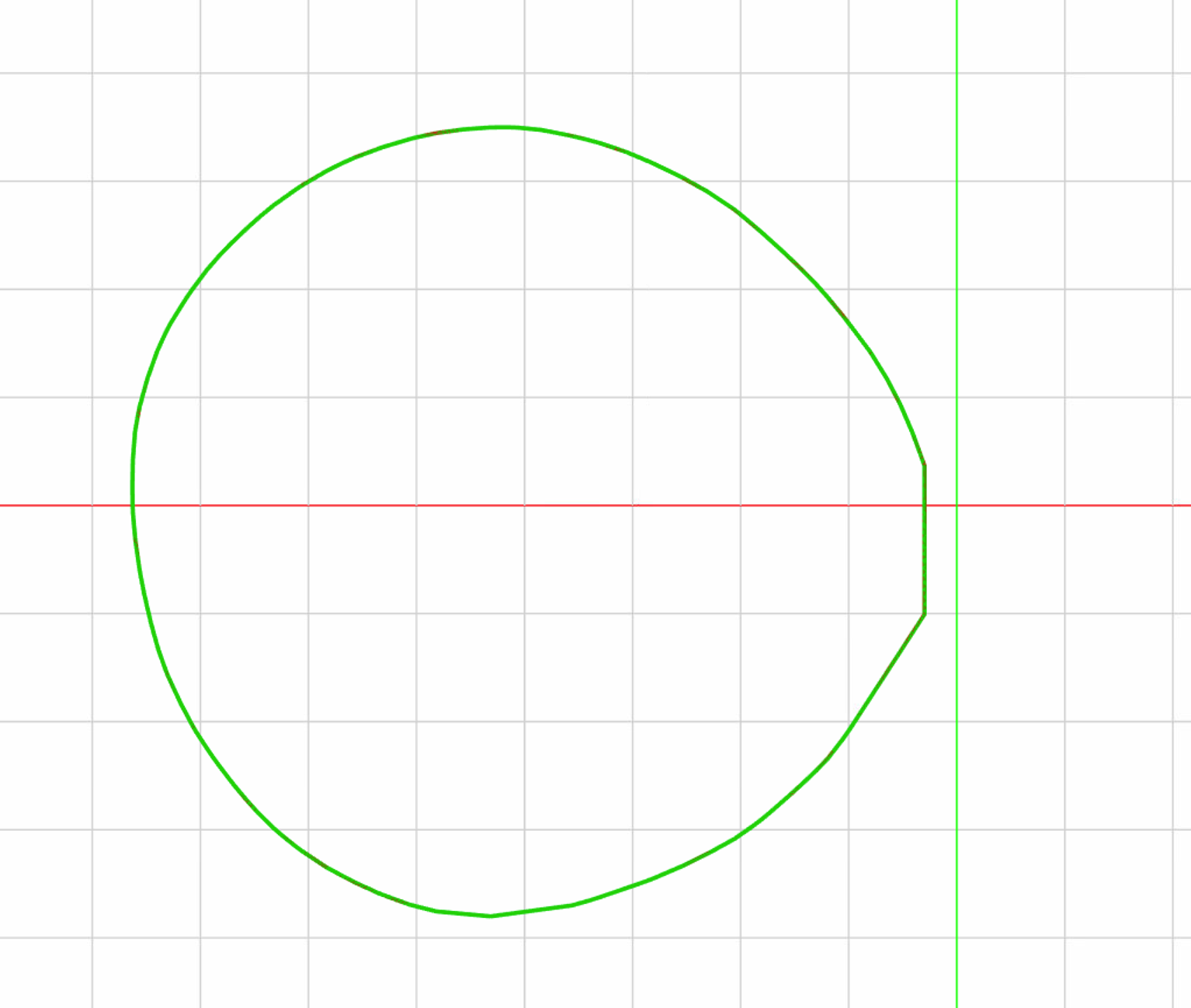The Styku scanner uses IR light and is not an X-ray. So how does it handle occluded areas of the body, such as armpits or crotch areas, where light can't get through? Read below to learn how.
When Styku captures and makes a 3D body scan, it always creates a "watertight" object, meaning there are no holes or gaps in the 3D model that is created. Some areas of the body, like in the upper arm where it touches the torso, or in the crotch area between thighs, can't be seen. We say that the view of these areas are "occluded", which just means "blocked". The 3D model will be created to match the surface areas that can be seen, and the occluded areas will be blocked up.
However, we can still take repeatable circumference measurements in those areas that can't be fully seen, like the side of the chest or the upper thighs. Styku's measurement algorithms look at the surface topology of the body, and when we find an area that is occluded, we make an estimate of what the measurement in that occluded area would be.
That's why you may see something like this when you look at an Upper Thigh measurement with the Cross-Section tool:

That area on the right is where the subject's thighs were touching. Styku connected the areas that it could measure to create a full circumference measurement, even though part of the measurement could not be seen.
The precision of these estimates is good - as good as any measurement whose full circumference can be seen. You can rely on Styku's measurements to give you accurate, repeatable values for truly tracking the change in someone's body.
